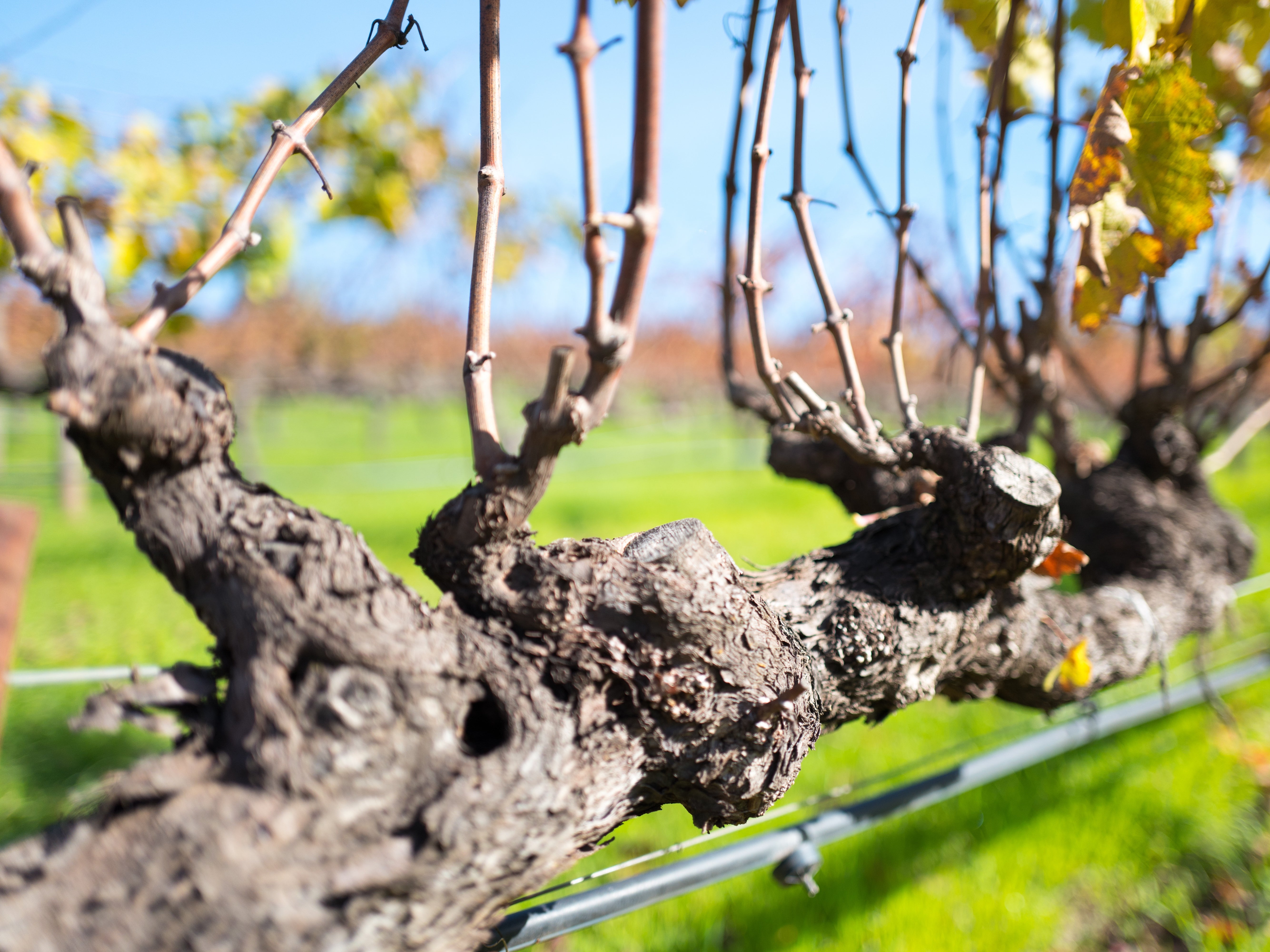Poisonous grapeleaf skeletonizer moth wreaks havoc on California vineyards
‘We do not want this pest to become established’, says agricultural commissioner

A poisonous moth has alarmed wine growers in California where a destructive and invasive moth species was recently sighted.
The grapeleaf skeletonizer moth was spotted on 12 May in a vineyard in Pope Valley by insect trapper Jesse Guidi, who told CBS Bay Area about his finding on Saturday.
Now 25 traps have been set out within a one mile radius of the finding of the skeletonizer, after Mr Guidi alerted Napa County wildlife and agriculture authorities.
The traps will hopefully stop the metallic-blue coloured moth, which is an invasive species in this part of the United States, from laying eggs and spreading further across the wine growing region.
Grapeleaf skeletonizers are native to Florida and the eastern United States, and are known for laying larvae that feed on grapevine leaves in rows, the University of Florida says.
During the fourth and fifth larval stages, the larvae of the skeletonizer show “tufts of long black poisonous spines that cause skin welts on field workers”, according to the University of California.
When the larvae are finished eating the leaves of a grapevine plant they then turn to eating the grapes themselves and are known to disperse.

“We do not want this pest to become established in Napa County,” Napa County agricultural commissioner Tracy Cleveland told CBS.
The agency last reported finding a grapeleaf skeletonizer in 2018 near Calistoga, and the invasive moth species has reportedly been seen in California since the 1940s when it was allegedly brought into the area from Mexico.
Signs of skeletonizer larvae are fairly easy to spot, with grapevine leaves appearing skeletal.
Wines grown in Napa Valley account for four per cent of all wine grown in California, and less than one per cent of all global wine, NapaVinters says.
The Independent has approached the Napa Agricultural Commissioner’s Office for comment.
Join our commenting forum
Join thought-provoking conversations, follow other Independent readers and see their replies
Comments


Bookmark popover
Removed from bookmarks